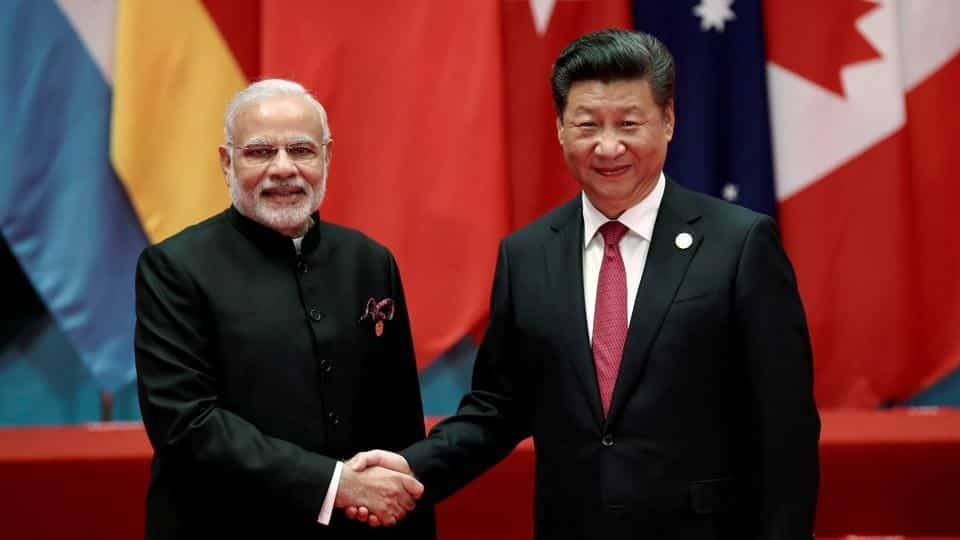China is withdrawing soldiers deployed in the Galwan area of eastern Ladakh and thinning out troops in the Pangong Tso sector where it was locked in a standoff with Indian military for a month, people familiar with the development told Hindustan Times.
Top government officials said the process of the Chinese side withdrawing troops had started on Monday. “We have also reciprocated and moved back our troops,” a top government official said on Tuesday evening.
“The process to restore status quo ante has started at the standoff locations,” the official said. The next steps will be worked out at a meeting of Major General-level officers scheduled for today.
Hindustan Times was the first to report on Monday that the activity at the standoff points had declined after discussions between military commanders of the two countries. Lt Gen Harinder Singh, commander of Leh-based 14 Corps, who had been in constant touch with national security planners in Delhi, had led the Indian delegation. The Chinese side was led by Maj Gen Liu Lin, commander of the South Xinjiang military region.
The standoff started after a May 5 clash after Chinese soldiers clashed in eastern Ladakh near Pangong Lake. This was the first major flare-up along the LAC since the 73-day standoff at Doklam in 2017. Chinese troops also moved in three more locations in the Galwan sector, setting up the standoff in three locations of the Galwan valley with additional troops and support elements.
The standoff in the Galwan valley was at three points, marked as the Indian army’s patrolling points 14, 15 and 17. These locations are about 6 km east to the confluence of the Galwan rivulet and Shyok river.
At patrolling point 14, Chinese soldiers had come to their claim of the Line of Actual Line and objected to India building a 60-metre-long strategic bridge being built to give troops easy access to Daulat Beg Oldie, the last military post south of the Karakoram Pass. “They have gone back from patrolling point 14,” a government official said.
At patrolling point 15, Chinese soldiers had put up a large number of tents and had been camping there for the last one month. India had also matched their presence and had been camping at the same place. “Both sides have started reducing their tents at this point,” the official explained.
At the third standoff point, marked on a map as Galwan sector’s patrolling point 17, both sides had mobilised a large number of troops and armoured carriers. The armoured carriers have been moved back; the soldiers will be next, an official said.
“The de-escalation exercise has started near the Pangong lake standoff point also…. It will take some time to complete the process,” a senior army officer said.
Chinese troops had come to Finger 4 – the name given to one of the 8 cliffs jutting out of the Sirijap range that overlooks the lake – and brought along 124 vehicles and 14 boats. The boats have been moved back and the thinning out process has begun in this sector, a top government official said.













